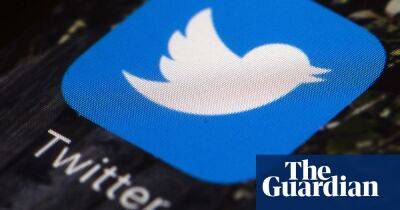Elon, Twitter is not the town square – it’s just a private shop. The square belongs to us all
On Friday 8 January 2021, Twitter kicked Donald Trump off its platform and an eerie calm enveloped parts of our global public sphere. Depriving him of his online megaphone was a compelling demonstration of how a tech platform had acquired an awesome power – the ability effectively to silence an elected president.
But what kind of power is it really? Many years ago, in a landmark book, Power: A Radical View, the sociologist Steven Lukes wrote that power comes in three varieties: the ability to stop people doing what they want to do; the ability to compel them to do what they don’t want to do; and the ability to shape the way they think.
This third capability is clearly the kind of power that a society’s communications media wield. But until Trump arrived on the scene, Twitter didn’t look like a particularly powerful player. It’s a midget compared with giants such as Facebook and YouTube – 217 million daily users compared with Facebook’s 1.96 billion, for example. And, as any local politician knows from doorstep canvassing, very few “ordinary” citizens use it.
So wherein lies its importance? Answer: virtually every mainstream journalist is an obsessive user of it. And mainstream media – print and broadcast – outlets are still the forces that shape how citizens perceive the world.
Trump understood this intuitively. For five years, he used Twitter to dictate the day’s news agenda. And once elected, he, in effect, governed through Twitter – to the extent that some genius created a bot that reformatted every tweet of his into an official-looking White House statement.
Elon Musk is the only businessman to date who has demonstrated the same intuitive grasp of the medium and he has used Twitter with the same Trump-like flair – to
Read more on theguardian.com


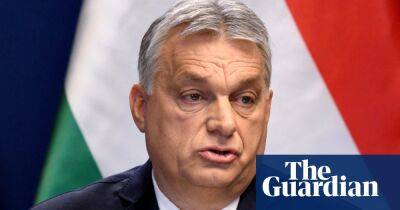
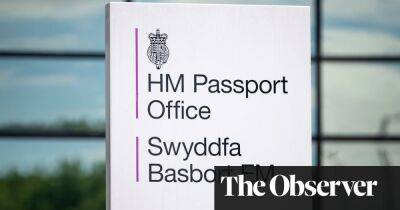




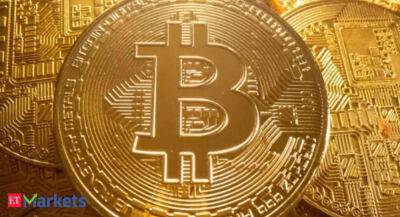
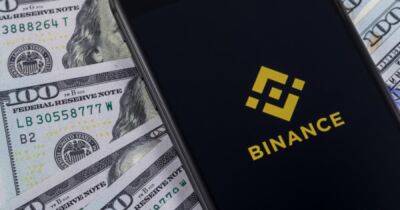

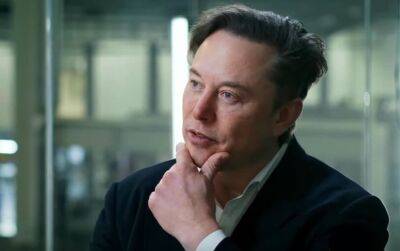
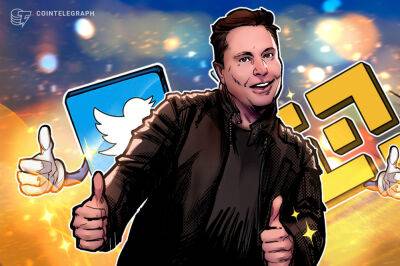
![Elon Musk’s latest NFT gesture on Twitter had this effect on ApeCoin [APE]](https://finance-news.co/storage/thumbs_400/img/2022/5/4/24313_mrp.jpg)
![Dogecoin [DOGE] is firmly in doghouse for now, but could a rally come around](https://finance-news.co/storage/thumbs_400/img/2022/5/4/24297_zcxzt.jpg)

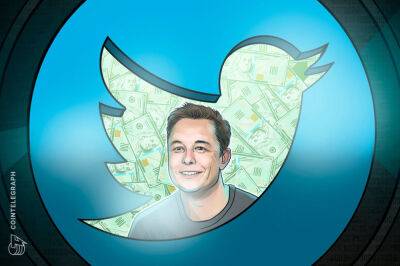
![The culprit behind Avalanche [AVAX] falling out of the top 10 crypto list could be…](https://finance-news.co/storage/thumbs_400/img/2022/5/2/23982_ut9a.jpg)


